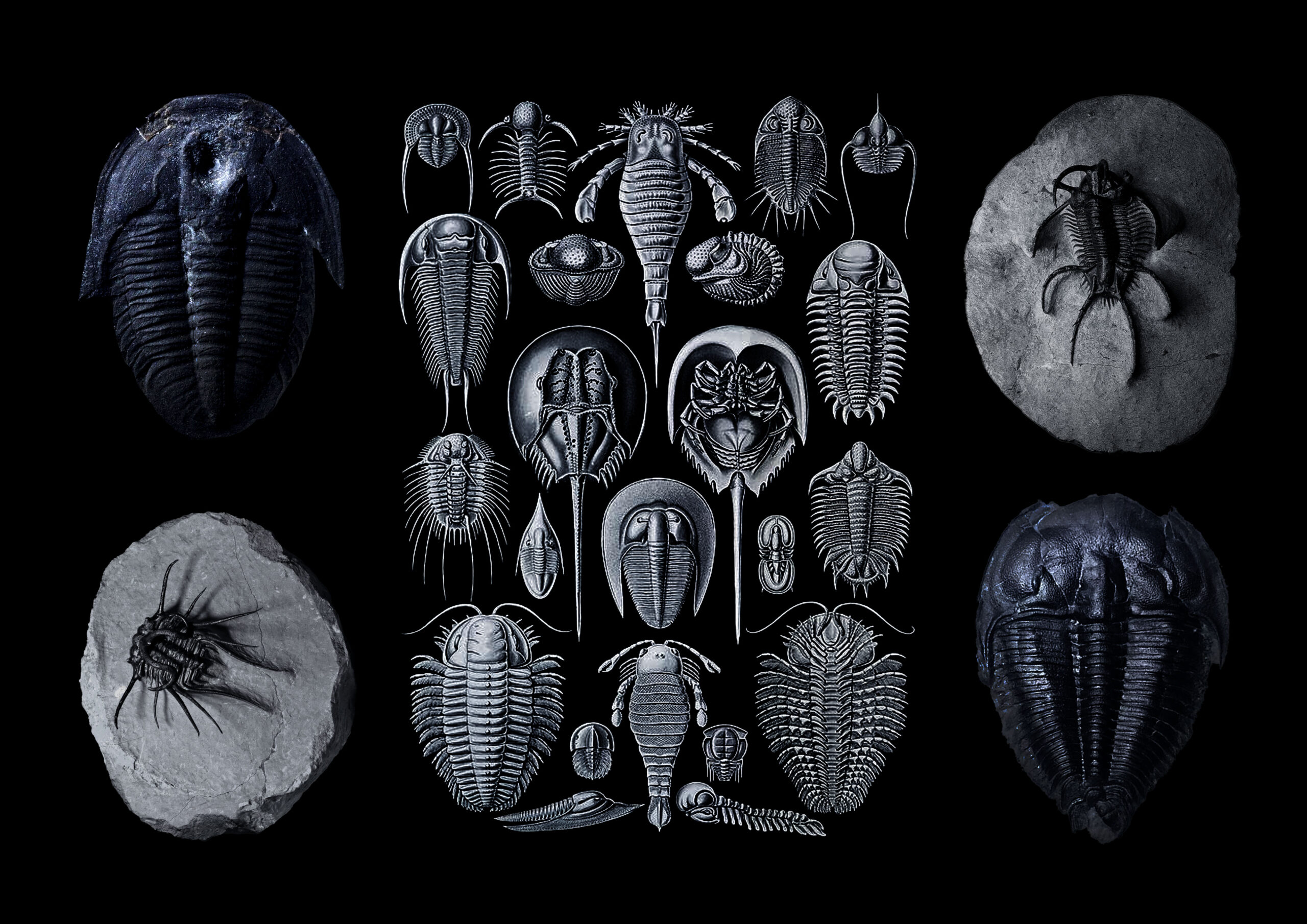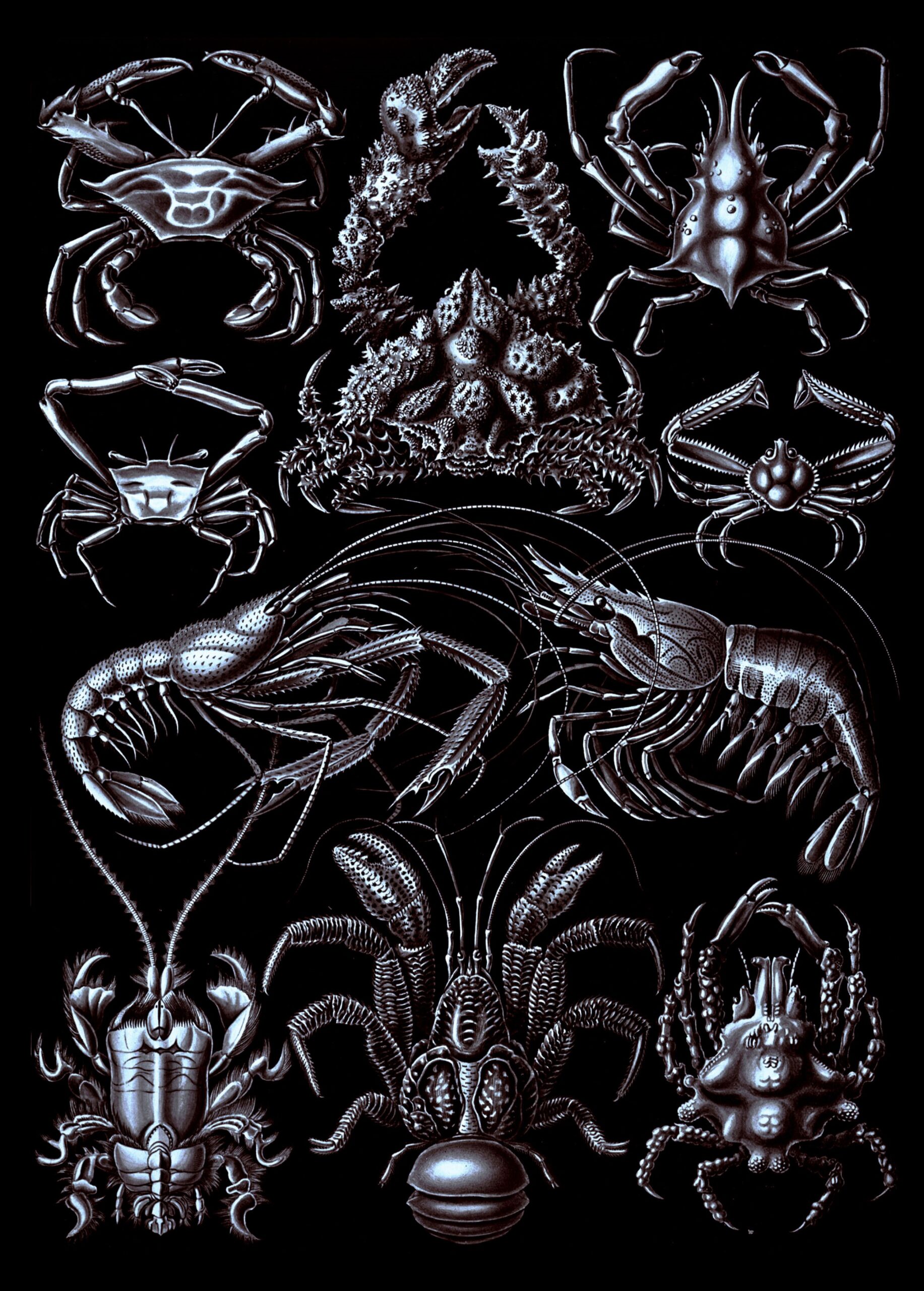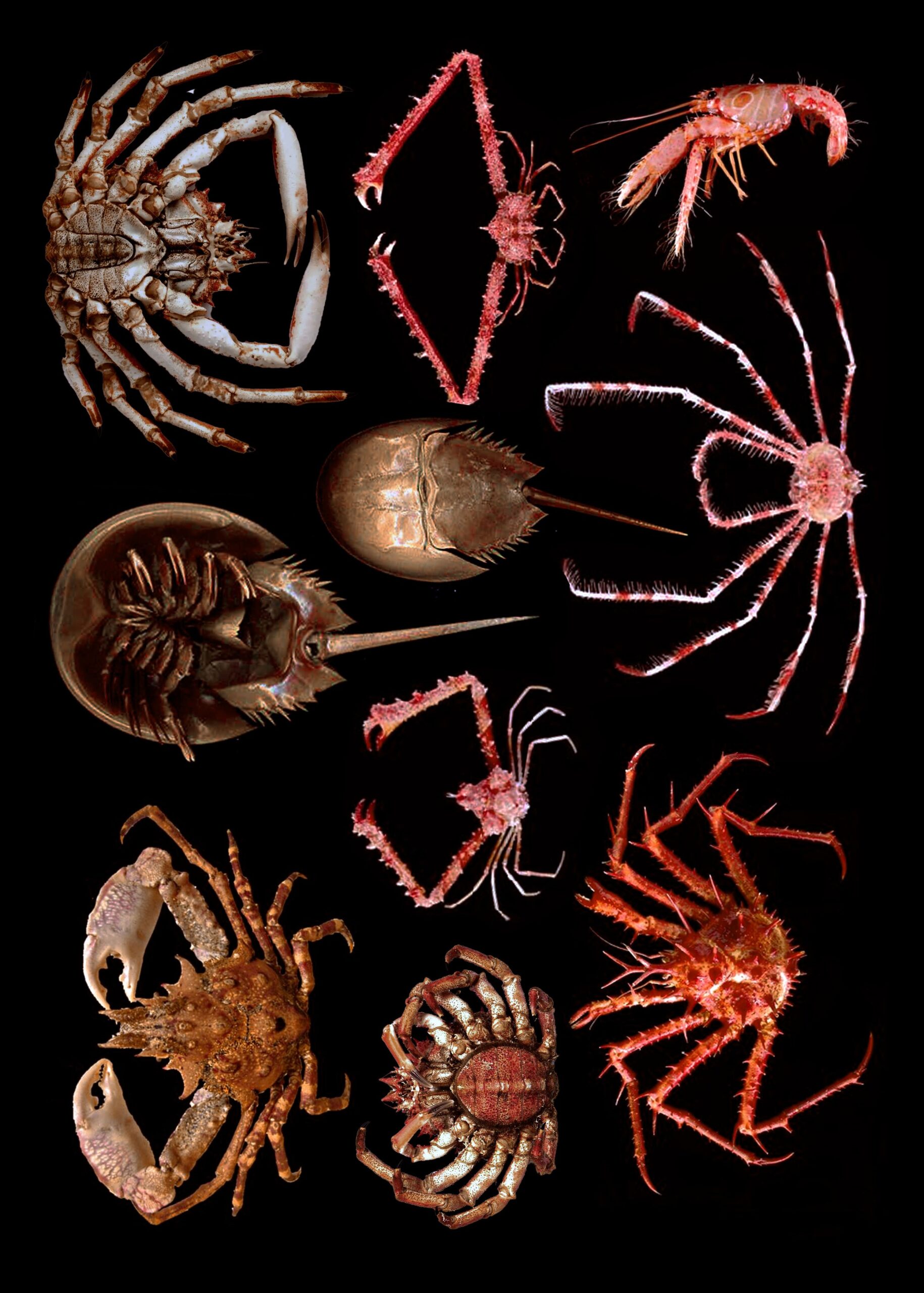INSPIRATION

INSPIRATION FROM THE CAMBRIAN
It all started with a simple problem of the sentimental dress. The dress needed to showcase as many techniques as possible, which means it has to be constructed from several separately fired pieces. Different finishes demand different firings, such as pit firing, high firing and decorative firing. The pieces also need to showcase the properties of the finishes well. For this purpose a dome shaped oval works exceptionally well. The dome shape will allow the viewer to easily see different stages of glossiness, textures and lustres. The dome shape also creates extra strength to the piece just like in the shape of an egg (Scienceworld.ca) or the shape of a mussel or clam (Nature.com) by directing the force applied to the piece down the sides and dispersing it. A perfectly round shape is also more prone to breaking than an oblong oval. The wider the object oval shape allows the dome shape to be extremely effortless. If a square shape were to be used, it would present a couple of issues: The corners are very prone to breaking and the corners are also accentuated by the dome shape, which takes some attention away from the glazes and finishes. For all of these reasons the oval was chosen in order to create effortless flow and stamina.
For one of the chosen methods was pit firing, the assumed colour palette was blacks and greys. The pieces being dark oval shaped domes they share resemblance with mussels and trilobites. Trilobites being the staple character of the Cambrian and early bivalves developing in the Cambrian, the period as an inspiration was brought to the table. In order to make a cohesive collection it was essential to have the garments match each other while keeping every piece unique and interesting.

FUNCTION
The common factor between crustaceans and wearable designs of humans is the need for protection. The prehistoric animals needed shelter and shielding from the world so they developed shells, armours and shields by including minerals in the exoskeleton, the outer hard shell of the creature. This worked miraculously well until the fish unfortunately invented jaws. Us humans are thought to have protected ourselves with hides, fur and eventually fabric to adapt to different climates (smithsonianmag.com).
FEEL OF THE MATERIAL
The shells on mollusca and arthropoda are infused with minerals, which of calcium which makes them extremely rigid (Lowenstam, H & Weiner, S). The feel of the salt-water arthropod shells is very close to the feel of low-fired ceramics and a lot of the salt water shells have even harder shells that resemble the feel of high-fired ceramics and porcelain. The Cambrian period was the first time any creature developed a hard shell and it was a game changer. (National Geographic) Since then the exoskeleton has become wildly popular for its properties. Brachiopods, the first hard shell featuring molluscs share, in addition to great resemblance, a relation to modern day bivalve shells. The trilobites were the ancestors of all arthropods, both of these being the incredible innovations of the Cambrian. (National Geographic) By going back to the roots of exoskeletons we end up with the Cambrian theme. Yet another point for the Cambrian period as a source of inspiration.

ASSURING REALISATION
The assuring realisation sealed the deal: The Cambrian period is such an astonishing occurrence in the history of the world as we know it. It was the Cambrian explosion that makes it so incredibly alluring and exciting. According to the fossil record, which means the fossils we have found and can be somewhat certain of but with the awareness of the possible creatures that didn’t end up as fossils and hence lack proof of, the Cambrian explosion was the most rapid diversification of life on earth so far. (Flannery, T.) Creatures took new shapes and forms and grew spikes and legs left and right. There were no set rules so one could have for example 5 eyes and a proboscis with a claw attached to the head, which is exactly what a creature called opabinia decided to try. (Burgess-Shale) One creature had so many spikes on a stick-like body that for a long time no-one could figure which side was up and which was down, resulting in naming the creature as Hallucigenia because it looked more like something out of a dream rather than an animal. (Sci.news) The period was the time for trial and error, time to find out what works and what doesn’t and the prize was survival so obviously everyone gave a 100% and the results echo that effort. After looking at this period through the lens of my thesis I realised that it truly is the best reference to have on this project. The Cambrian period was the experimental design-phase on early earth. My thesis being about experimental design it’s only fitting to have the original experimental designs as reference.
Hence the Cambrian couture theme. Also I just love trilobites, they are so fascinating and an absolute inspiration. I truly had to fight the urge to dress the model as a trilobite.
Might I interest you in one of the following:
REFERENCES
Lowenstam, Heinz, A. & Weiner, Stephen: On Biomineralization, 1989